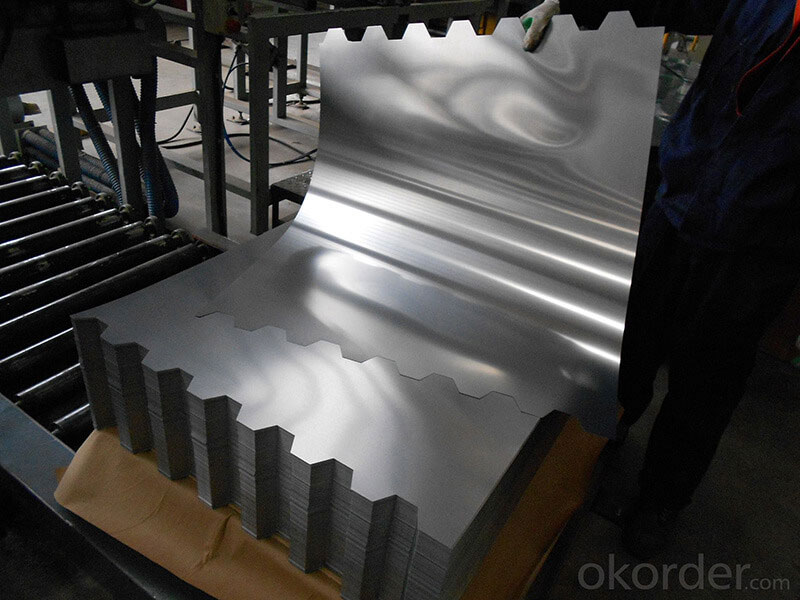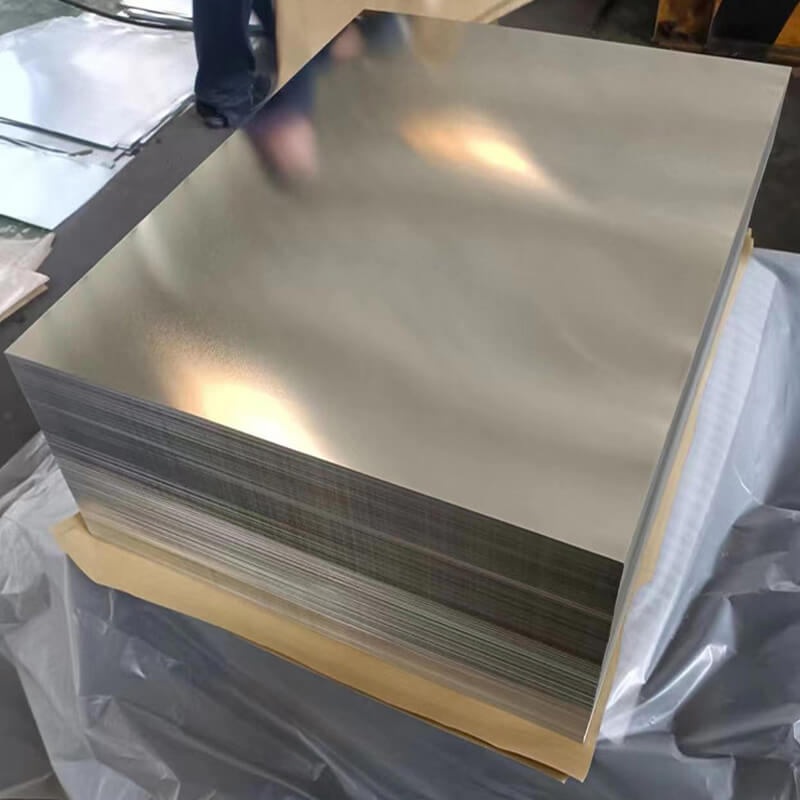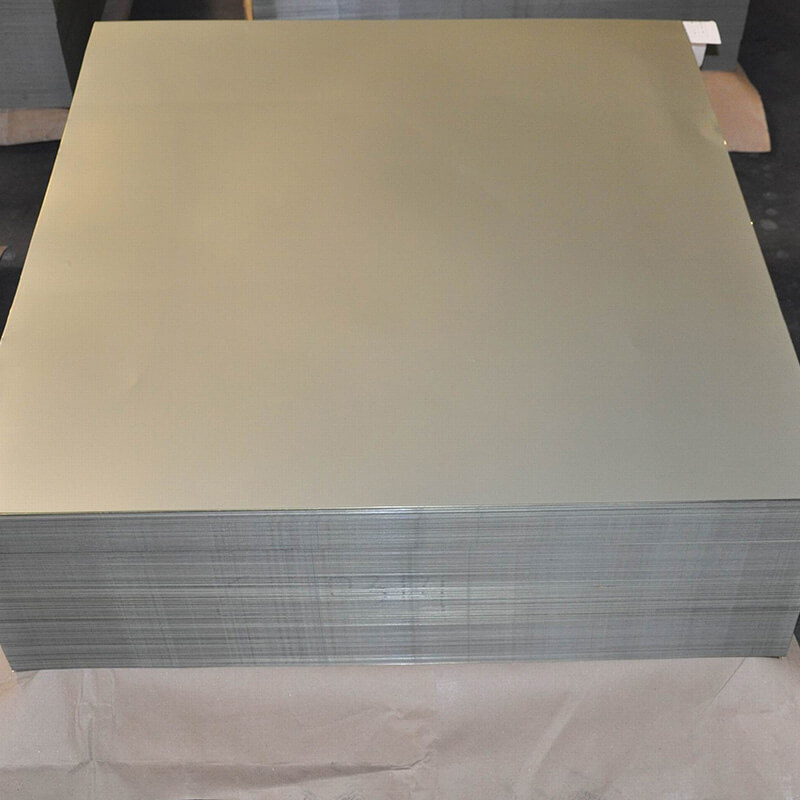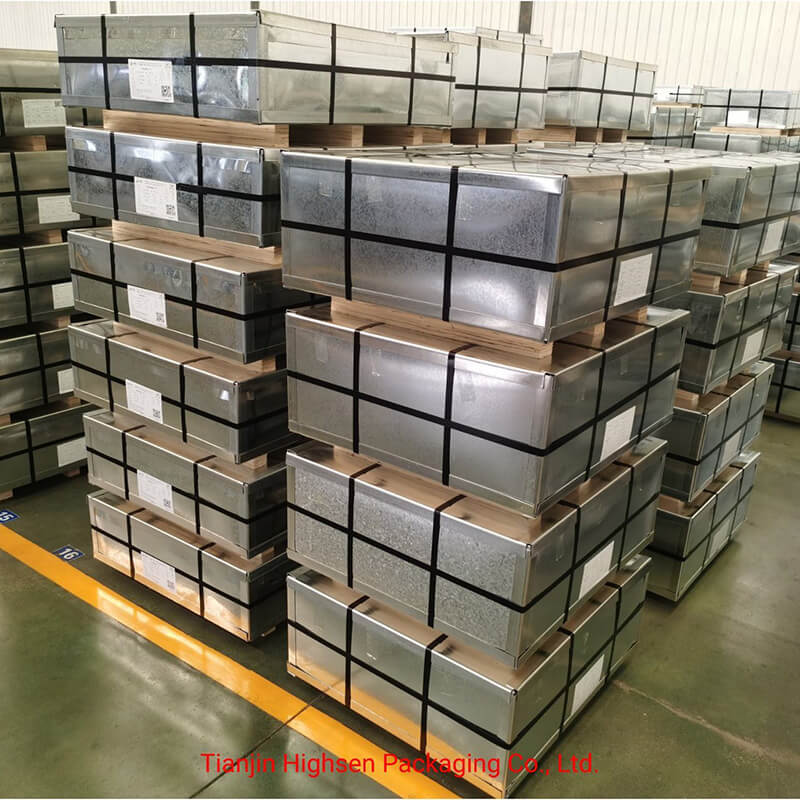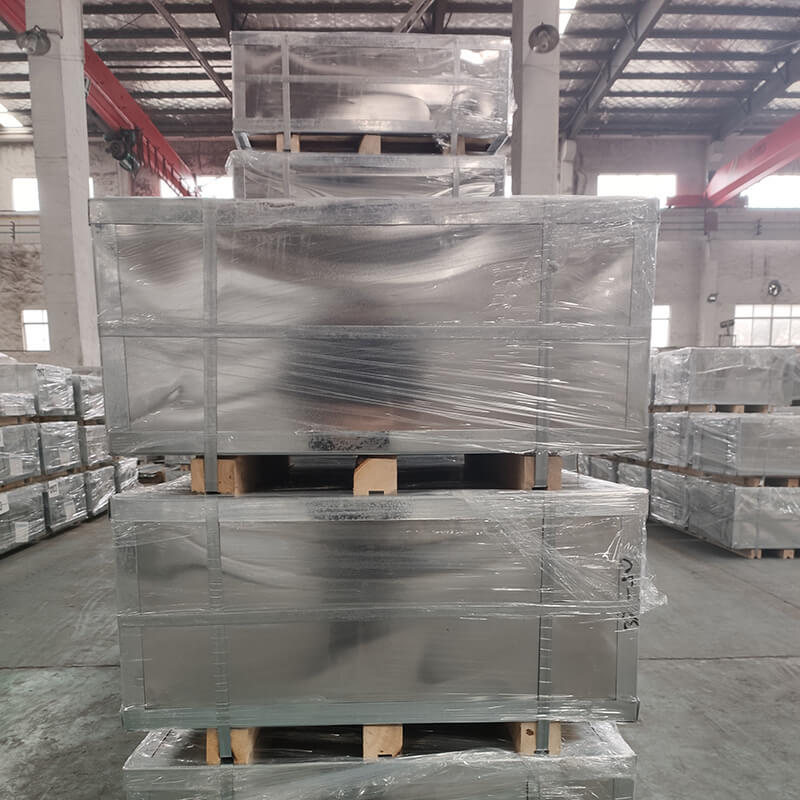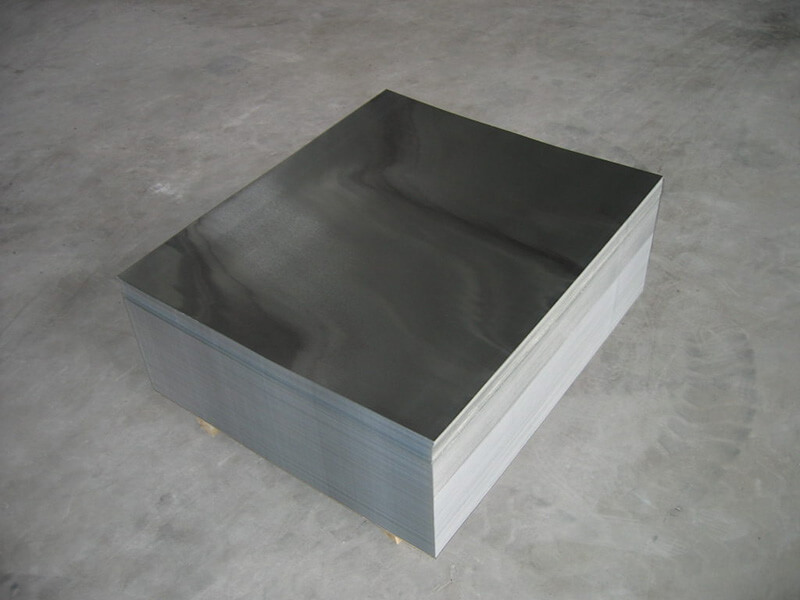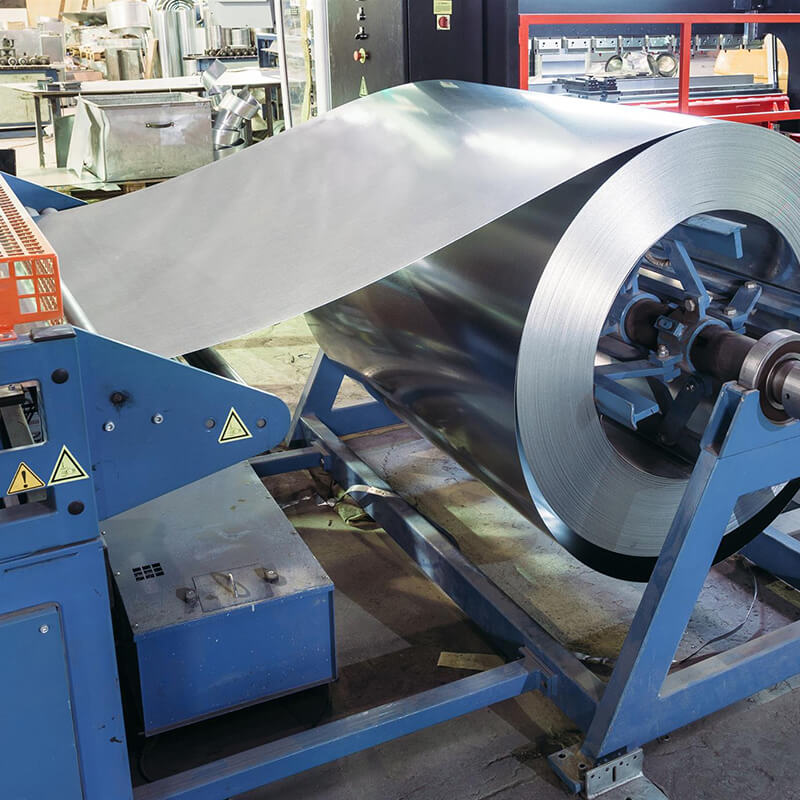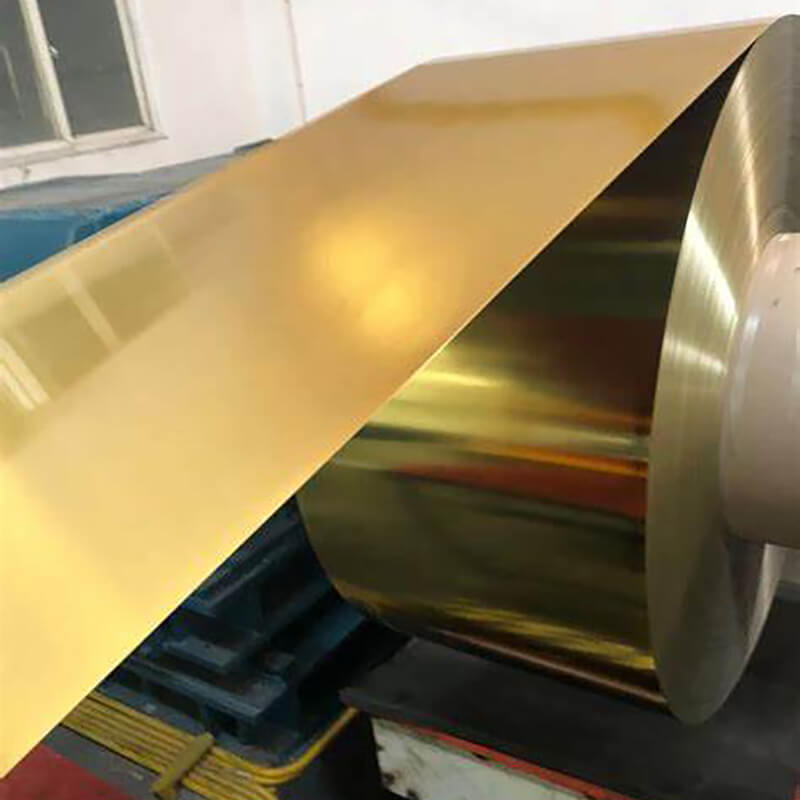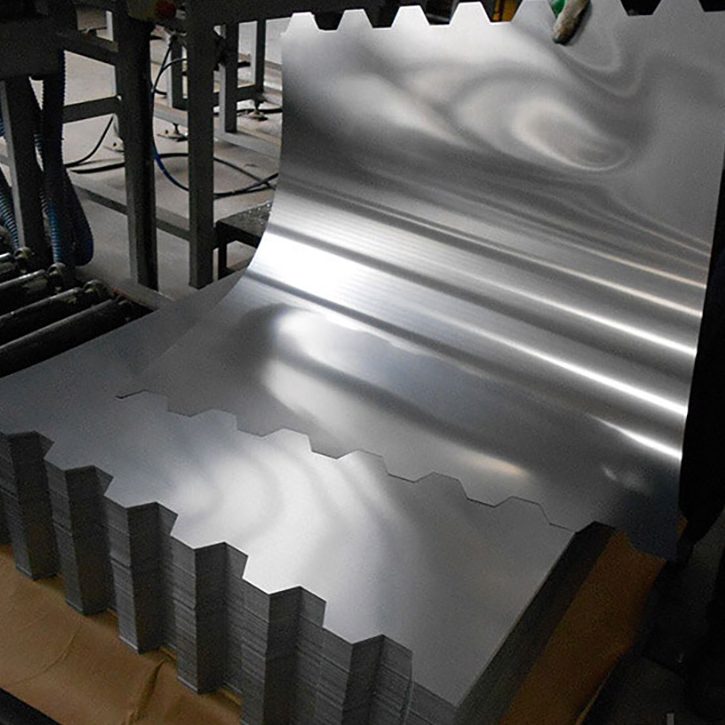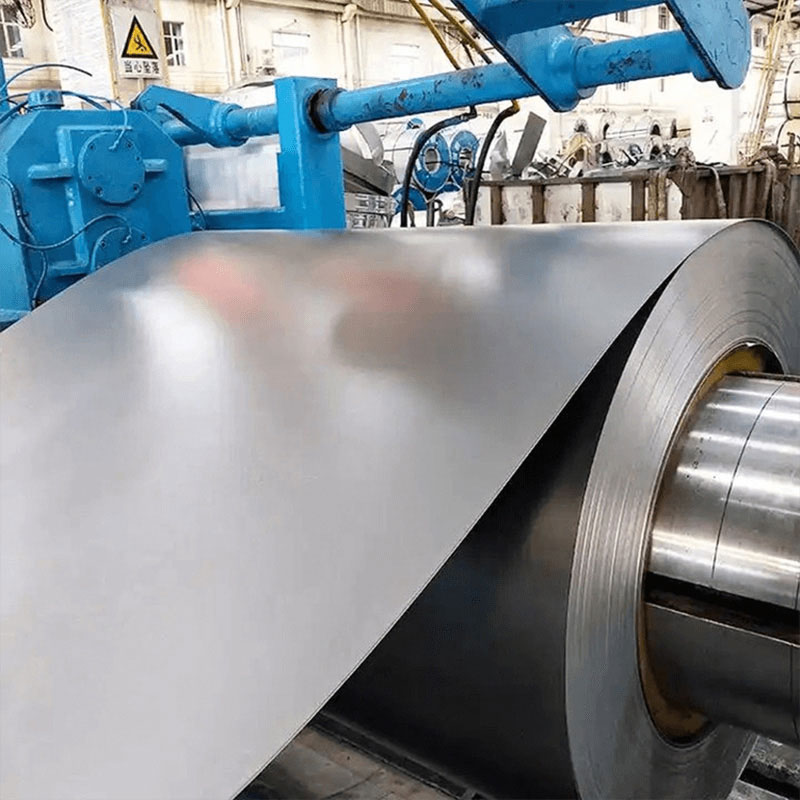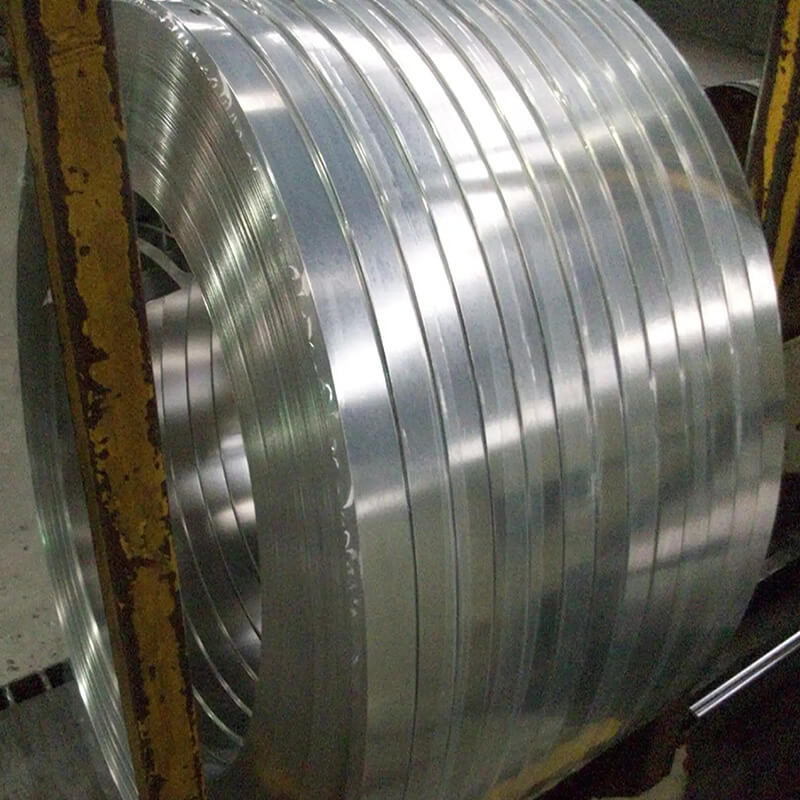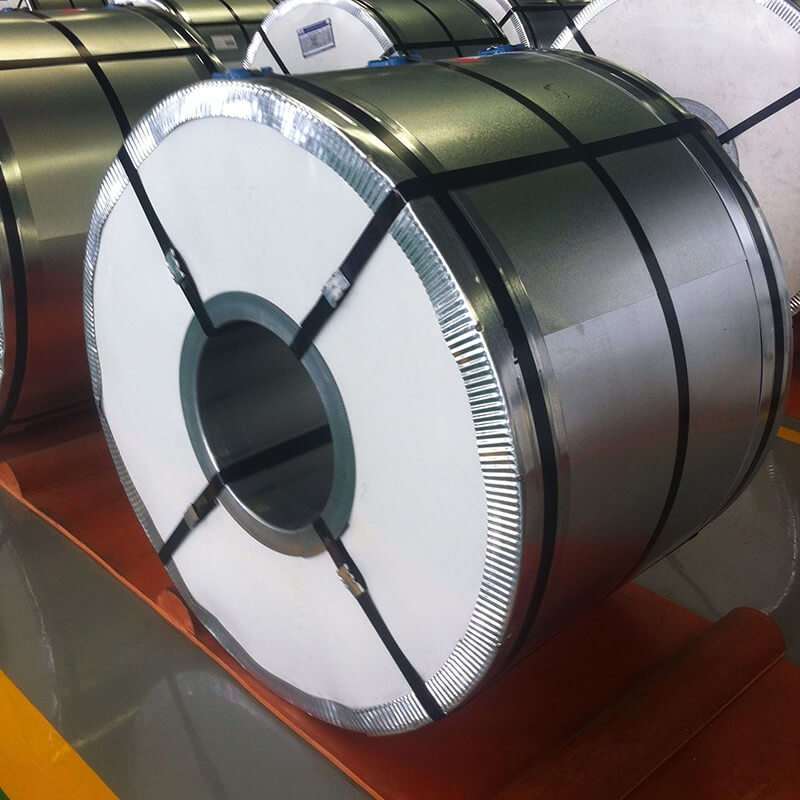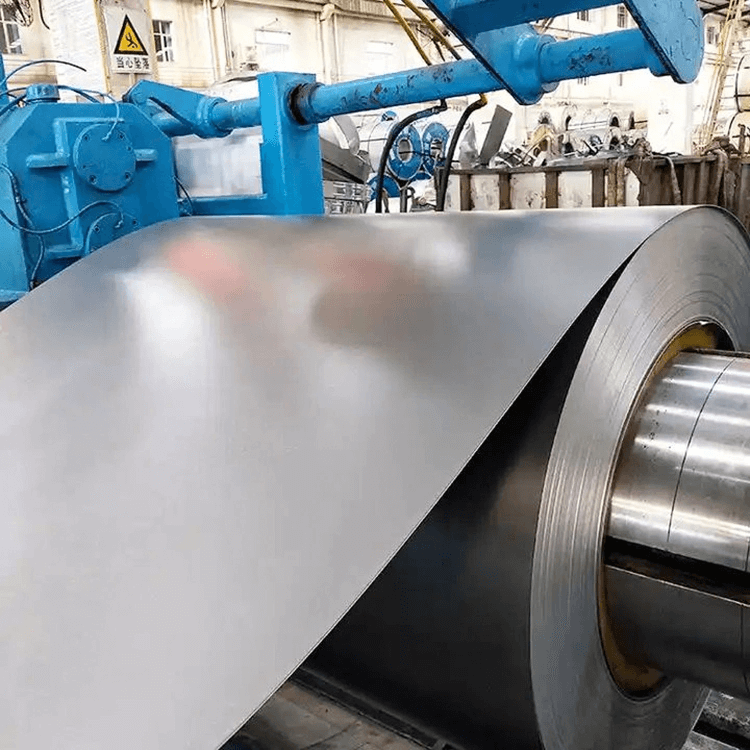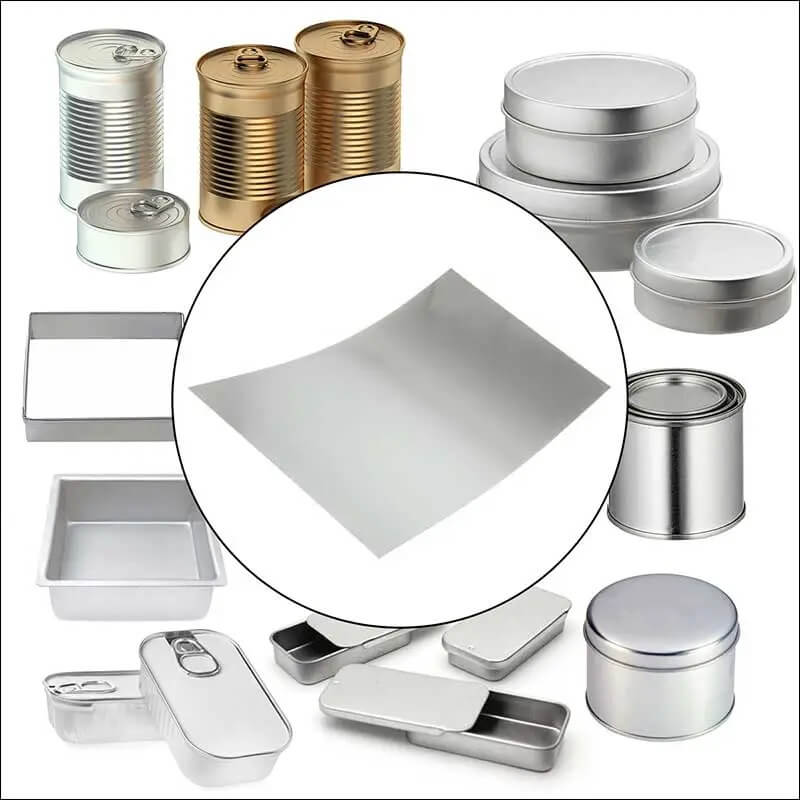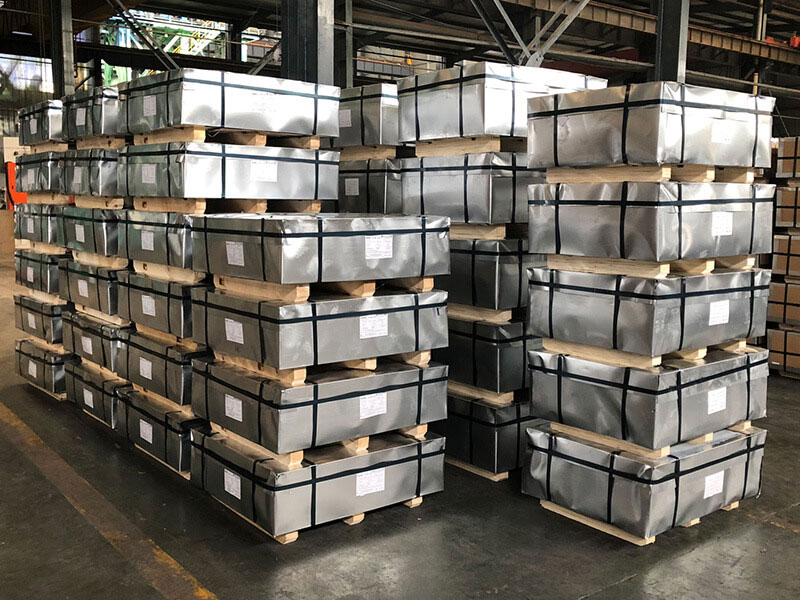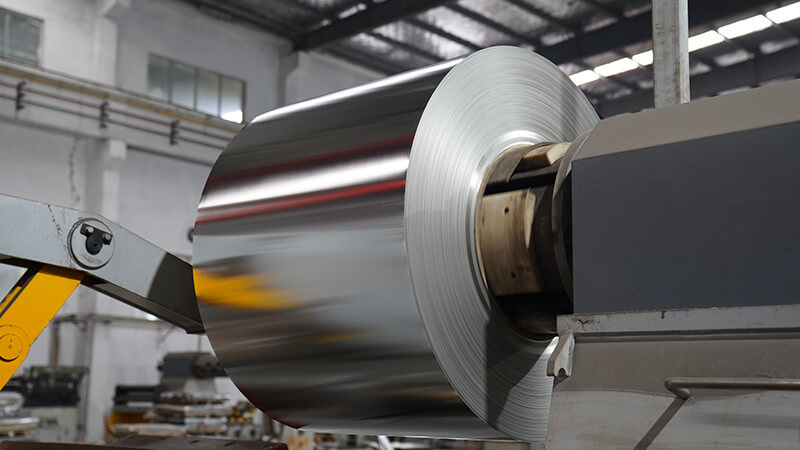Tinplate Sheet material
| Grade | Main Usage | |
| Food Grade
Cans |
Food Cans | fishery and agricultural products, etc. |
| Beverages Cans | juice, soft drinks, other beverages | |
| Industrial Grade Cans
|
Oil Cans | automobile oil, mechanical oil, etc. |
| Pails | Industrial containers for paint and oils | |
| Aerosol Cans | cosmetics, butane gas, pesticide, etc. | |
| Temper & Hardness & Applications | ||
| Temper | Hardness | Applications |
| T1 | 49±3 | nozzles,spouts,closures. |
| T2 | 52±3 | pie pans,closures,shallow drawn and specialized can parts. |
| T3 | 57±3 | battery can bodies,can ends and bodies,large diameter closures,crown caps. |
| T4 | 61±3 | can ends and bodies,crown caps and small screw closures. |
| T5 | 65±3 | Can ends and bodies for non corrosive products. |
| DR-8 | 73±3 | small diameter round can bodies and ends. |
Electrolytic tinplate sheet steel have the characteristics of corrosion resistance, non-toxicity, high strength and good ductility.
Packaging made of tinplate has good sealing, storage, light repellency, robustness, and unique metal decorative charm, which determines its wide coverage in the packaging container industry, making it an internationally common tinplate packaging material.
Electrolytic tinplate are widely used as a packaging material for food and beverages, grease cans, chemical cans, and other miscellaneous cans, to provide excellent protection of the physical and chemical properties of the contents. Tinplate cans can be used to fill juice, coffee, tea, and sports drinks, as well as cola, soda, beer, and other beverages. High workability of tinplate allows for many variations in its shape, whether high, short, large, small, square, or round, which can meet the diverse needs of the beverage packaging and consumer preferences. For example, chemical cans,food cans, tea cans and oil bucket, etc.
FAQ of Electrolytic Tinplate Sheet
1. What is the tin-plate?
Tinplate or tin-plate is a cold-rolled steel sheet coated by tin on both sides through an electrolytic process. This coating enhances the steel’s resistance to corrosion while maintaining its strength and durability.
2. What is tinplate used for?
Tinplate are mainly used for making all kinds of cans and buckets, such as food cans, beverage cans, artistic cans, crude bucket and petroleum bucket. Tinplate has also been used for manufacturing mechanical parts and tools.
3. What is the characteristic of tinplate?
Tin-plate, known as SPTE tinplate steel, have good mechanical performance, perfect barrier performance, high gas resistance, light shielding, and aroma retention, and tight sealing, which can well maintain contents quality.
- Food Cans: Ideal for preserving food due to its non-toxic and protective properties.
- Beverage Containers: Provides excellent barrier protection.
- Aerosol Cans: Ensures durability and corrosion resistance.
- Crown Caps & Closures: Commonly used for bottle caps.
- Electronics & Battery Cases: Offers strength and anti-rust properties.
4. Is tinplate ferrous or non-ferrous??
Tinplate is considered a ferrous material. It is made from a thin sheet of steel (which is an iron-based, ferrous metal) that is coated with a thin layer of tin. The tin coating helps to prevent rust and corrosion, while the steel provides strength and durability. Despite the presence of tin, which is a non-ferrous metal, the primary material in tinplate is steel, making it a ferrous metal product.
5. What are the benefits of Tinplate Sheets?
- Excellent Corrosion Resistance: Tin coating protects steel from rust.
- Strong and Durable: Provides strength while remaining lightweight.
- Superior Surface Finish: Suitable for printing and decorative designs.
- Food-Safe Material: Ideal for direct contact with edible products.
- Environmentally Friendly: Fully recyclable material.
6. How to choose the right Tinplate Sheet?
Consider these factors:
- Thickness: Typically ranges from 0.12mm to 0.50mm depending on the application.
- Tin Coating Weight: Measured in g/m² for varying levels of protection.
- Surface Finish: Options include bright, stone, or silver finish for visual appeal.
7. How should Tinplate Sheets be stored?
Store tinplate sheets in a dry, well-ventilated area. Avoid direct contact with moisture and stack properly to prevent warping or damage.

